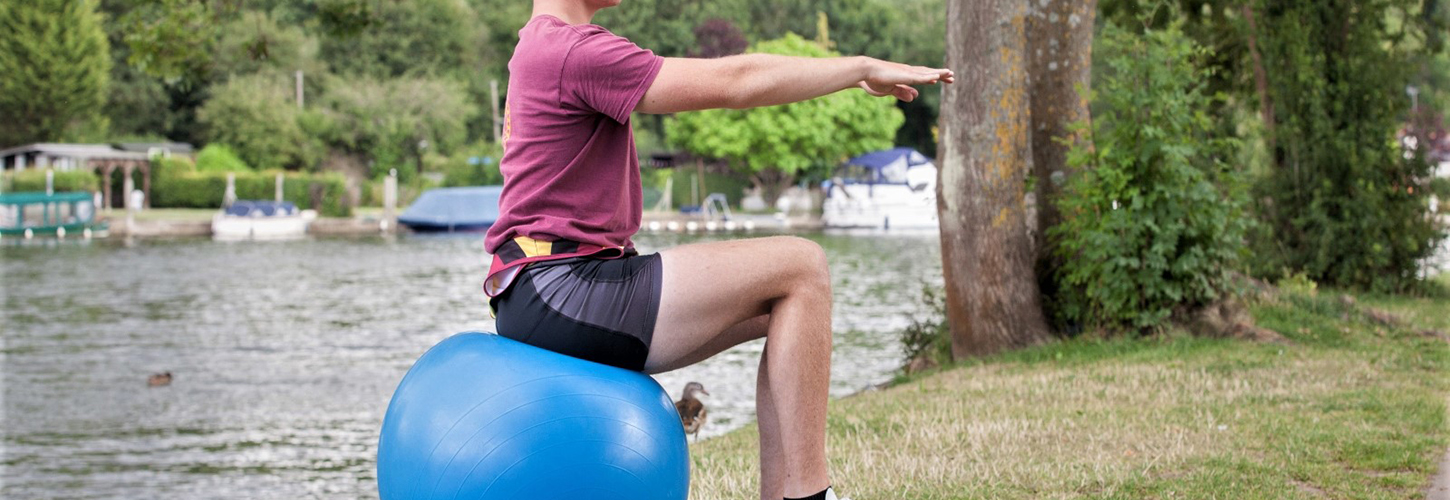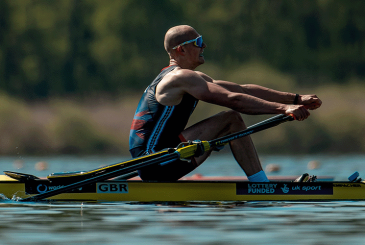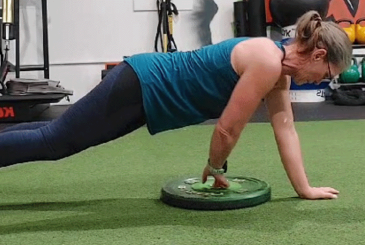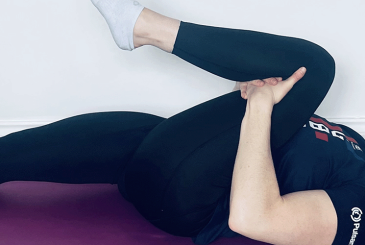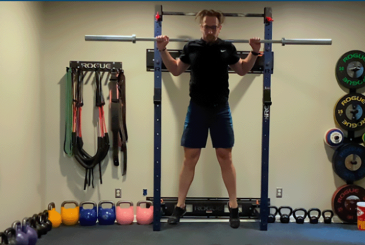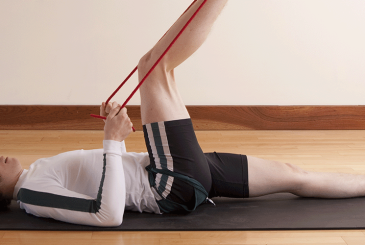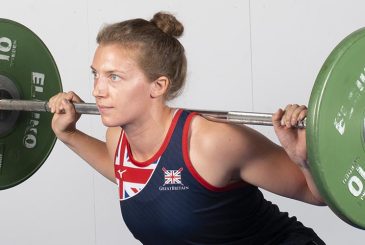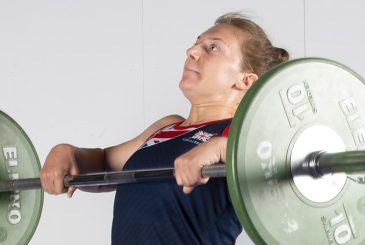Wendy Davies explains three great exercises to help you generate more power per stroke
If you’ve been doing the basic Pilates exercises from Pilates 1: Core Strength and Pilates 2: Rowing machine posture, you should now be able to isolate and switch on your deep postural abdominal muscles and stabilise your body. We’re now going to transfer this ability to exercises that are more focused on rowing technique.
For optimum rowing technique, you need to be able to:
- Control the rotation of your thorax (mid-section), while keeping your pelvis stable.
- Control segmental movement of your lumbar (lower) spine.
- Keep your hamstrings flexible, while maintaining a neutral spine.
- Combine these to create a smooth, flowing movement in the boat or on the rowing machine.
These three exercises will help you achieve this. We’ll be using a Swiss ball (stability ball) as this enables you to activate more stabilising muscles without increasing the load on your body. The best size of stability ball for most rowers is 75cm in diameter.
It is very easy to ‘cheat’ by recruiting other muscles in order to do the specified move
You can also do these exercises using a ‘Sitfit’ (stability cushion) on an ergo. Sit in the catch position with feet fixed and perform the arm movements alone. You can make it more challenging by slowly lifting one foot from the ergo shoe and then performing the arm movements. Replace, and repeat with the other foot.
You should work through these exercises as a ladder – make sure you have perfected one exercise before moving on to the next.
Why do these exercises?
They will help to keep your spine and ribs injury free. They’ll also help ensure that all your energy is directed to the stroke, so making the boat go faster!
Exercise basics
Pilates exercises should be done at 30-40% of maximum muscle contraction. Remember to keep breathing normally throughout.
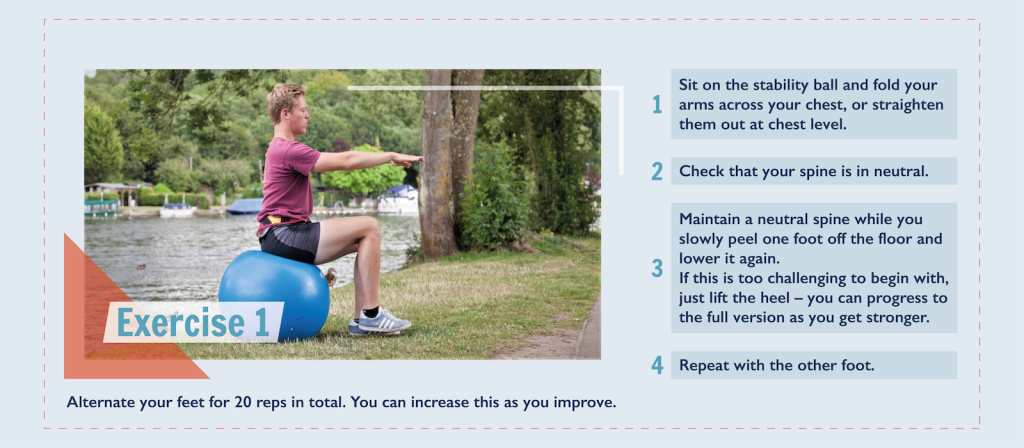

Photo credit: Iain Weir


